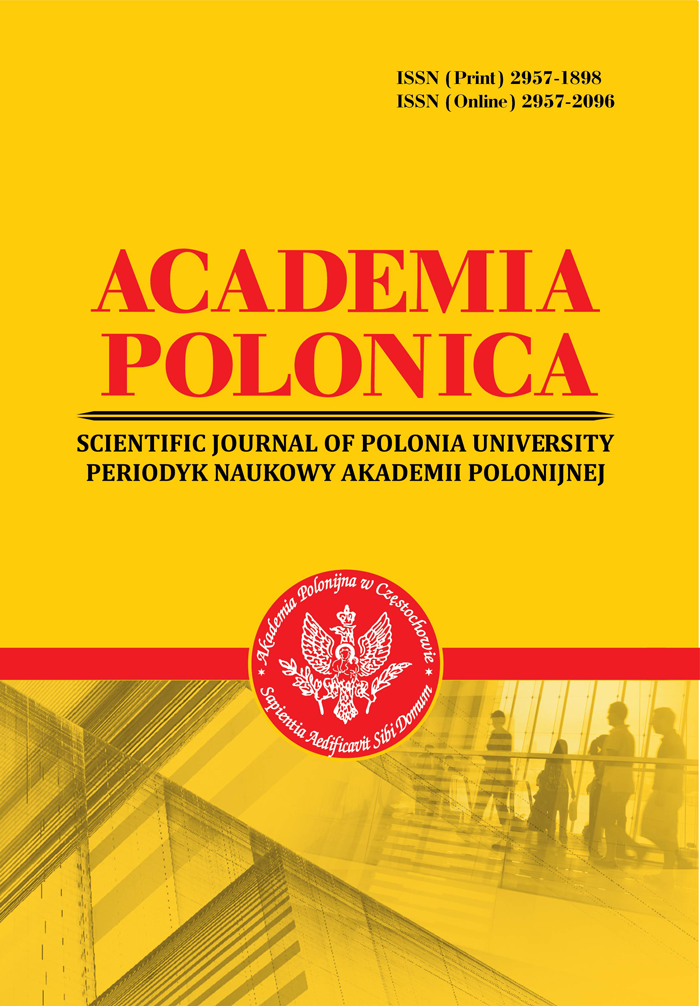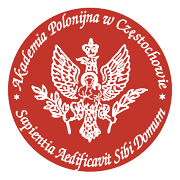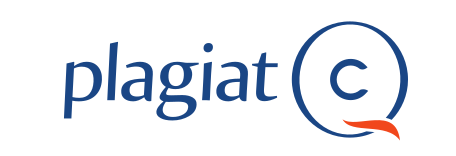CONCEPT OF ECOLOGICAL LITERACY IN THE CONTEXT OF THE U. S. HIGHER EDUCATION
Abstract
The article highlights the characteristics of the ecological literacy and the strategies for its formation in the context of the U. S. higher education institutions. It focuses on studying the essence of the concepts “literacy” and “ecological literacy”. The author also analyzes the role of universities in the United States in integrating the principles of environmental education into their educational process. The research design is descriptive and analytical, based on a deductive-narrative approach and a set of complementary theoretical methods, which are as follows: critical analysis and generalization of philosophical, psychological and pedagogical sources on the problem under study; monographic method – for interpreting the results obtained in a coherent logical perspective. It is noted that the formation of students’ ecological literacy is a priority area of the U. S. higher educational institutions today, involving: knowledge (mastery of basic scientific concepts about nature, environmental problems);awareness (formation of a conscious position on the environment); attitude (understanding of nature as a unique value and source of human life); skills (ability to practically master the environment and protect it); activity (participation in environmental protection activities); skills (participation in solving environmental problems); ecological thinking style and responsible attitude towards nature.
References
2. Case, D. (2002). Looking for Information: A Survey of Research on Information Seeking. Needs and Behavior. New York: Academic Press.
3. Collett, J., & Karakashian, S. (1996). Turning curricula green. The Chronicle of Higher Education, 42(24), B1-B2.
4. Fedorenko, S. (2014). Hramotnist yak kompleksnyi pedahohichnyi fenomen u vyshchii osviti SShA [Literacy as a complex pedagogical phenomenon in US higher education]. Vyshcha osvita Ukrainy [Higher education in Ukraine], 3, 97-102. [in Ukrainian]
5. Fedorenko, S. V. (2017). Teoriia i metodyka formuvannia humanitarnoi kultury studentiv vyshchykh navchalnykh zakladiv SSHA [Theory and methods of formation of liberal humanistic culture of students of higher educational institution of the USA]. Doctoral dissertation. Kyiv. [in Ukrainian]
6. Finger, M. (1994). From knowledge to action? Exploring the relationships between environmental experiences, learning, and behavior. Journal of social issues, 50(3),141-160. https://doi.org/10.1111/j.1540-4560.1994.tb02424.x
7. Hess, D. J., & Maki, A. (2019). Climate change belief, sustainability education, and political values: assessing the need for higher-education curriculum reform. Journal of Cleaner Production, 228, 1157-1166.
8. Hill, L., & Wang, D. (2018). Integrating sustainability learning outcomes into a university curriculum: a case study of institutional dynamics. International Journal of Sustainability in Higher Education, 19(4), 699-720.
9. Johnson, E., Ilhan, A., & Frickel, S. (2020). Riding a long green wave: interdisciplinary sciences and studies in higher education. Environmental Sociology, 6(4), 433-448.
10. McBride, B., Brewer, C., Berkowitz, A., & Borrie, W. (2013). Environmental literacy, ecological literacy, ecoliteracy: what do we mean and how did we get here? Ecosphere, 4(5), 1-20. https://doi.org/10.1890/ES13-00075.1
11. McIntosh, M., Gaalswyk, K., Keniry, J., & Eagan, D. J. (2008). Campus Environment 2008: A National Report Card on Sustainability in Higher Education. Reston, VA: National Wildlife Federation. https://www.nwf.org/-/media/PDFs/Global-Warming/CampusReportFinal.ashx
12. Merrian-Webster dictionary. (n.d.). https://www.merriam-webster.com/
13. North American Association for Environmental Education. (2011). Developing a Framework for Assessing Environmental Literacy. North American Association for Environmental Education. http://www.naaee. net/sites/default/files/framework/DevFramewkAssessEnvLitOnlineEd.pdf
14. UNESCO Institute for Education. (1997). Literacy for Tomorrow. Gamburg: UNESCO Institute for Education. http://www.unesco.org/education/uie/confintea/pdf/3g.pdf.
15. UNESCO. (2005). Education for all: literacy for life. EFA global monitoring report, 2006. UNESCO. https://www.unesco.org/gem-report/en/literacy-life
16. University Leaders for a Sustainable Future (ULSF). (1990). The Talloires declaration 10 point action plan. https://ulsf.org/wp-content/uploads/2015/06/TD.pdf
17. University Leaders for a Sustainable Future (ULSF). (2021). Talloires declaration signatories list. http://ulsf.org/96-2/
18. Valée, M. (2024). How and why US universities fail to impart environmental literacy to all students. International Journal of Sustainability in Higher Education, 25(9), 60-77. https://doi.org/10.1108/IJSHE-07-2022-0241
19. Vidart, D. (1978). Environmental education: theory and practice. Prospects: quarterly review of education, 8(4), 466-479.
20. Wolfe, V. (2001). A survey of the environmental education of students in non-environmental majors at four-year institutions in the USA. International Journal of Sustainability in Higher Education, 2(4), 301-315. https://doi.org/10.1108/EUM0000000006026
Abstract views: 158 PDF Downloads: 37







